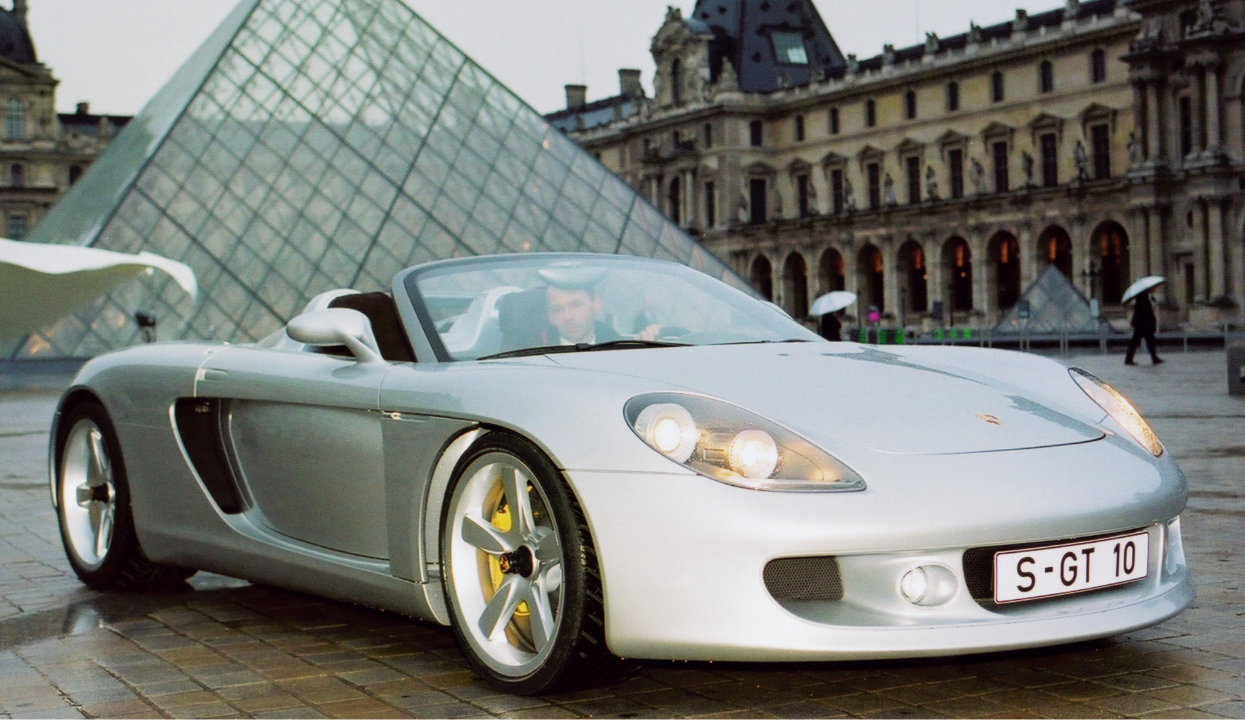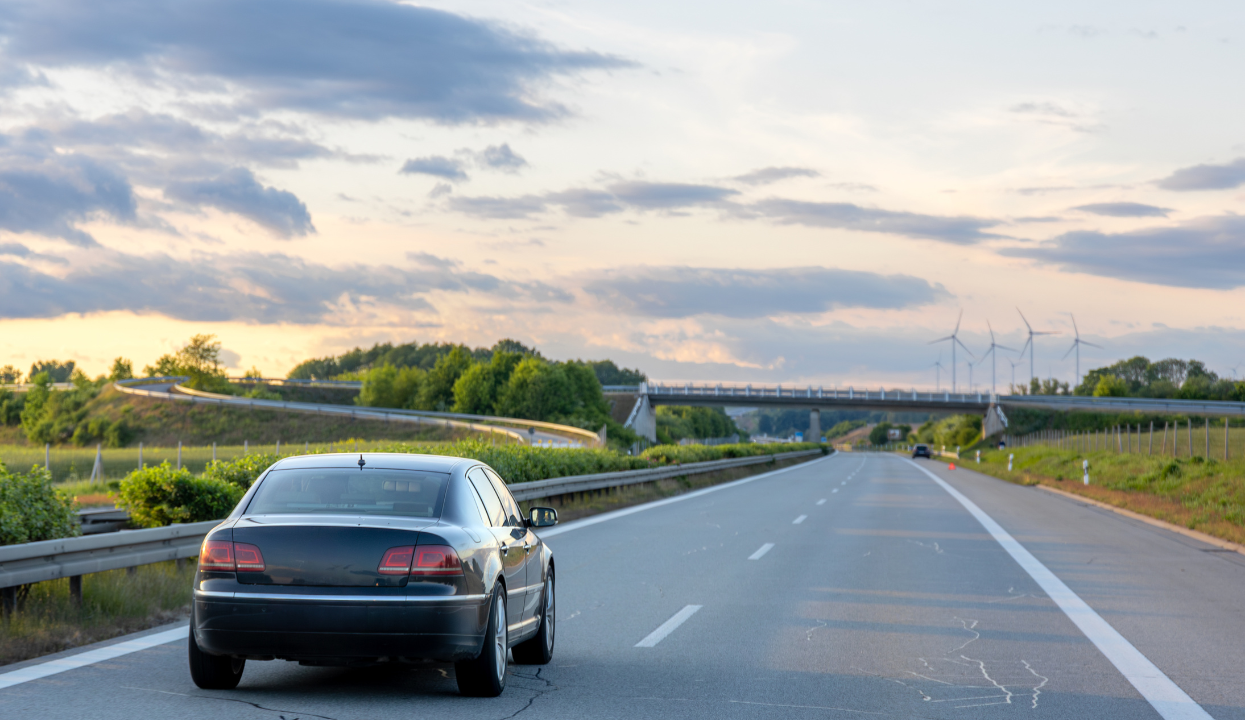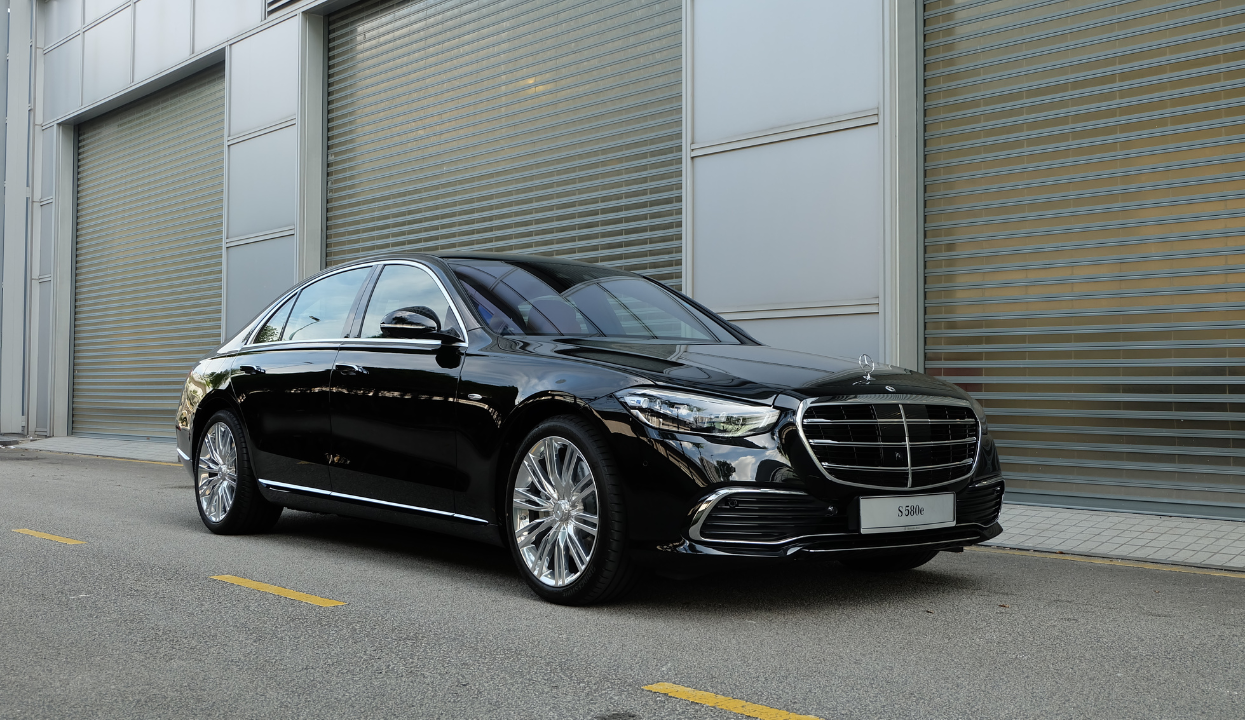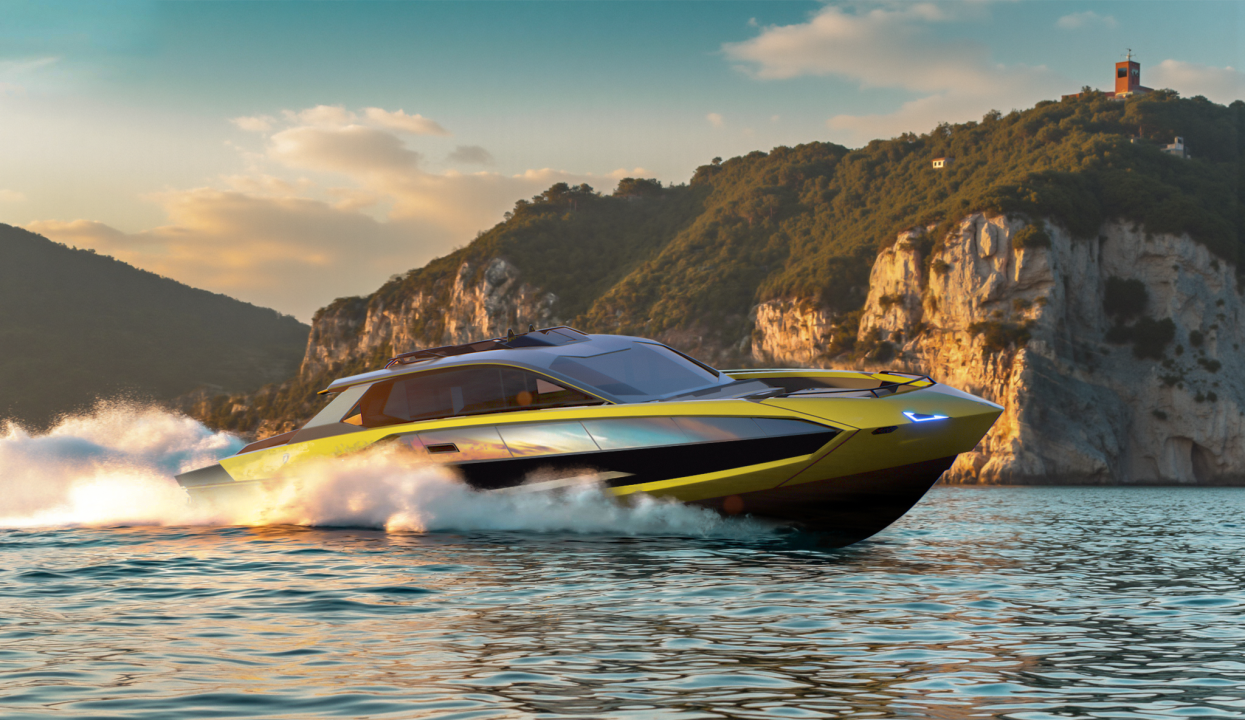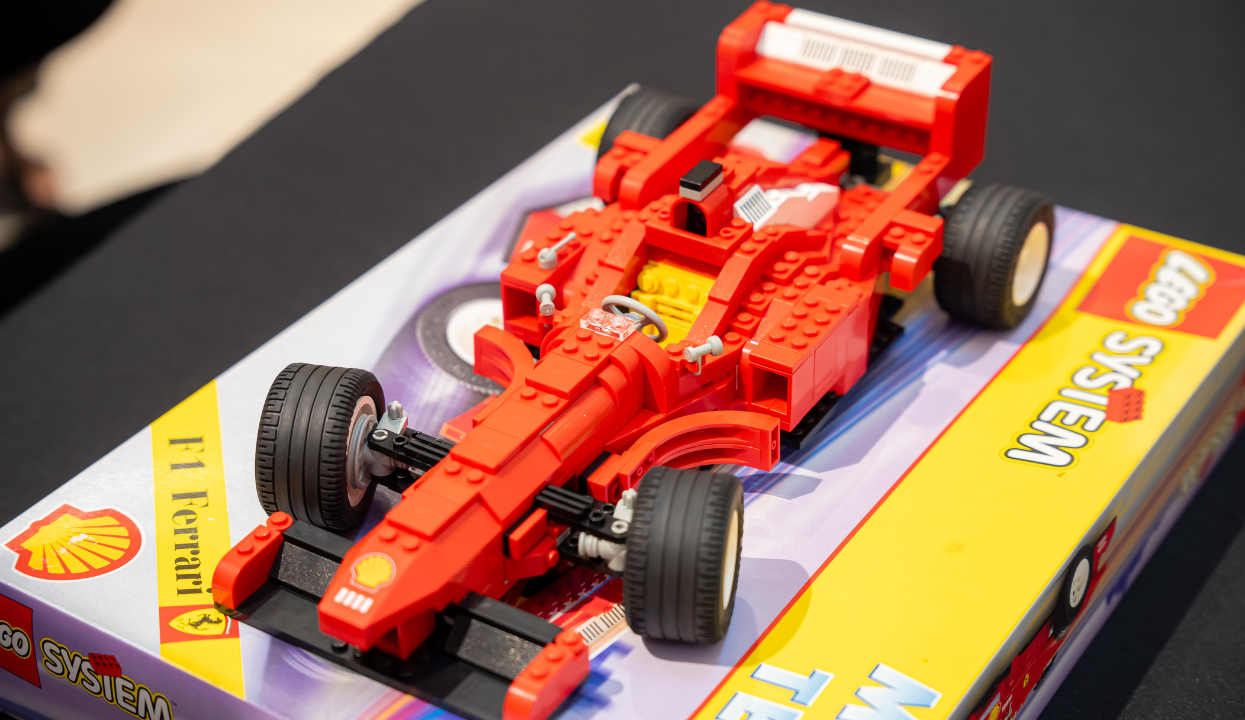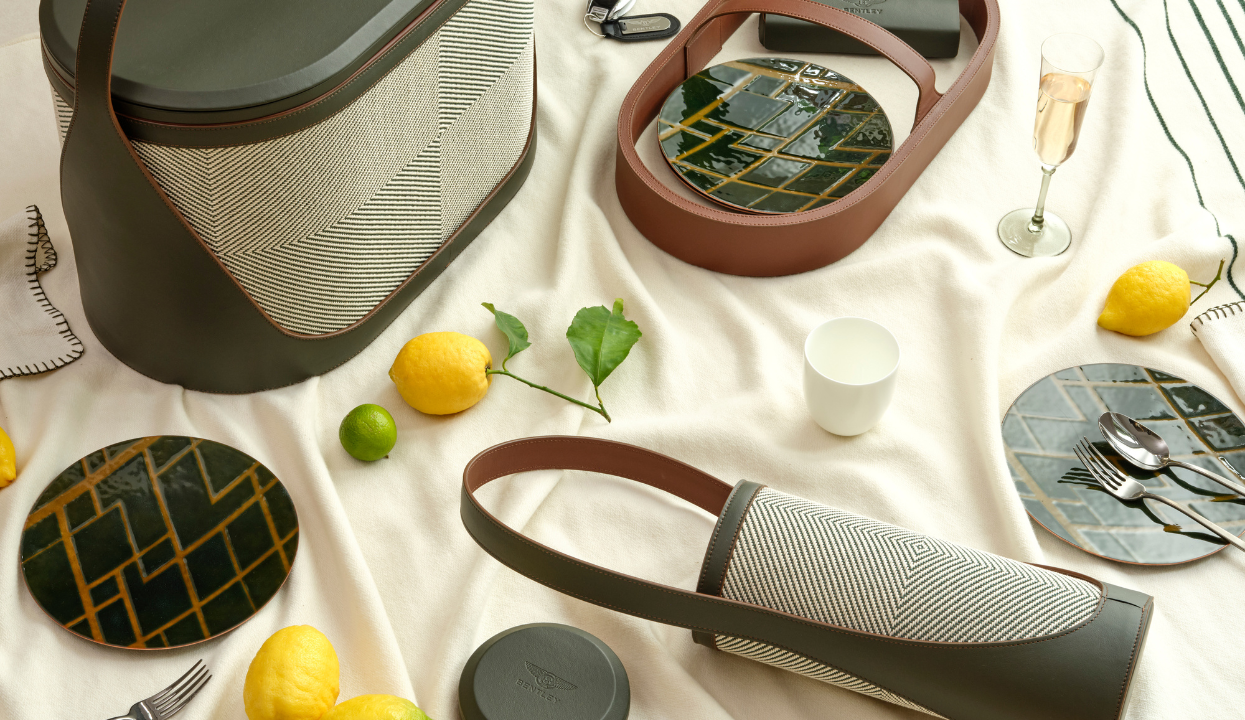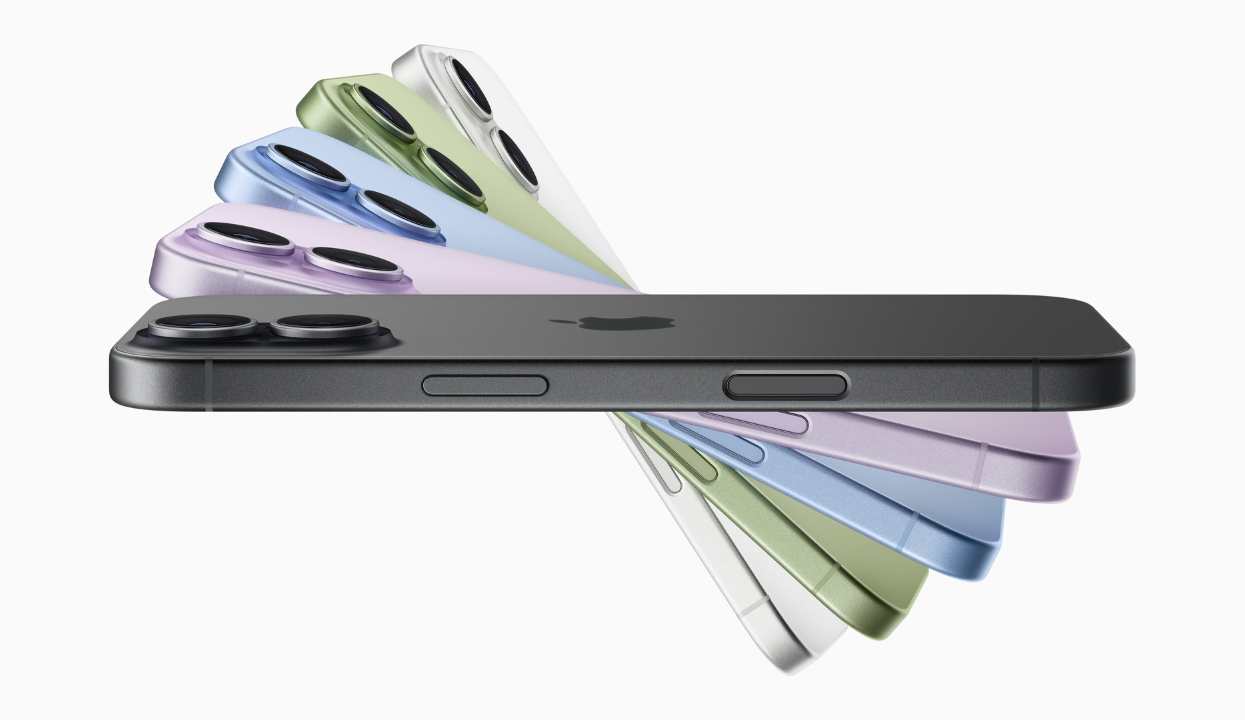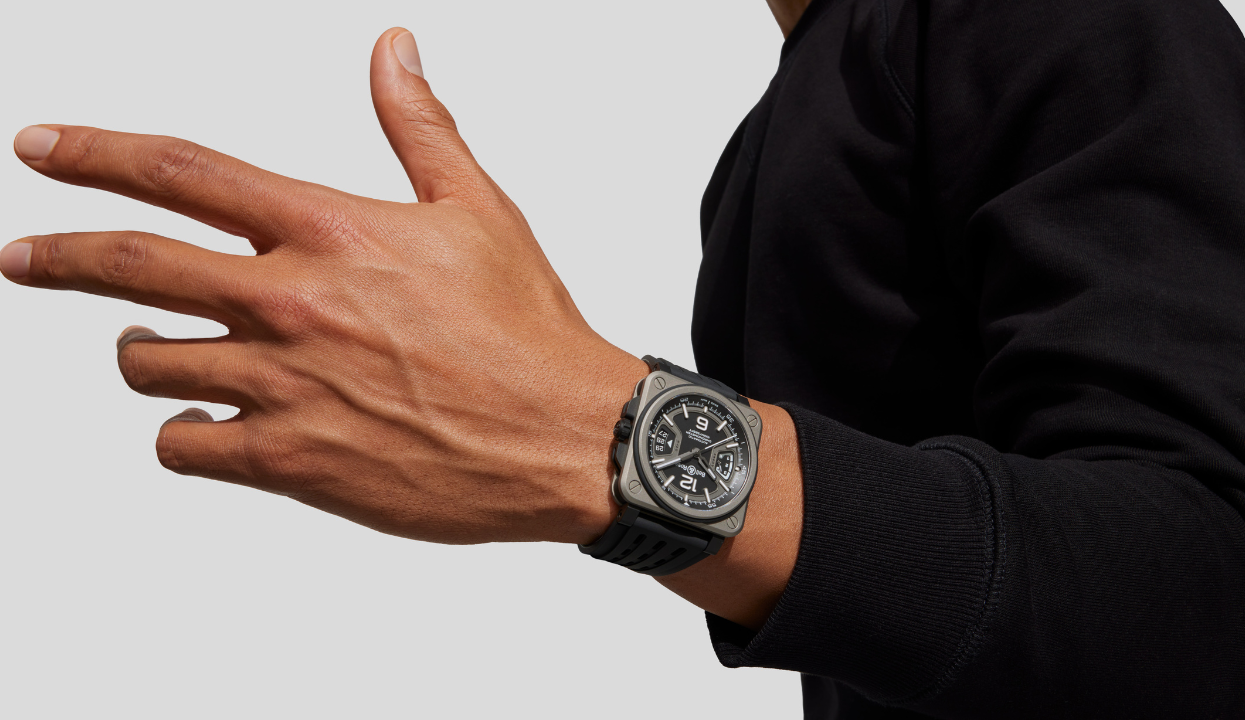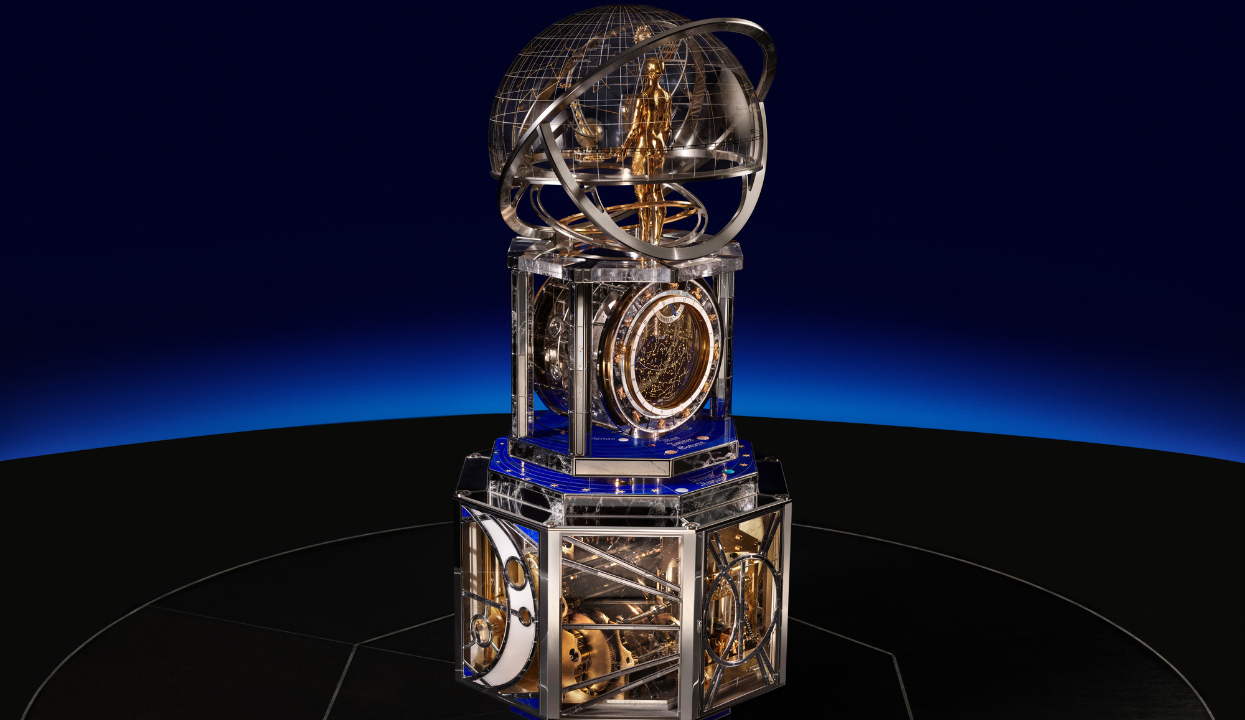This very morning 25 years ago on 28th September 2000, before the French sunrise had even graced Paris, a truly historic moment dawned when Porsche presented the Carrera GT concept car for the very first time as a delightful surprise for the world’s motoring press who had gathered there for the new millennium’s first Paris Motor Show. None other than Porsche’s famed test driver Walter Röhrl, also responsible for its dynamic development, was helming the new supercar. Navigating the then 558 PS mid-rear V10 powered exotic majestically through Paris’ rain drenched streets, he came howling down the Champs-Élysées before bringing it round to the Place Charles-de-Gaulle, better known as the Place de l’Étoile due to the star shape formed by its cobblestones with the historic Arc de Triomphe rising dominantly from its centerpoint.

Even as the rain continued to fall, the task of putting the engine’s mighty power as cleanly as possible from the rear axle down to the square’s slickly wet cobbles in front of the international media without drama, was on Röhrl’s shoulders. He more than rose to the occasion, of course: resulting images of the 2-time rally world champion piloting the open-top Carrera GT from the Arc de Triomphe to the Louvre itself while escorted by a motorcade of French motorcycle police sparked a sensation among car enthusiasts right around the globe, before going on to become some of print automotive history’s most iconic pictures.


The work of Porsche’s design team led by then chief designer Harm Lagaay and made up of such esteemed individuals as Grant Larson, the Carrera GT’s contours form a true piece of automotive art that still embodies all of its appeal even 25 years from that day. And that is because its incredible purity & clarity of purpose run more than just skin deep; it actually began life as the LMP2000 Le Mans prototype. Completed in 1998 and designated the 9R3 internally, it too had a carbon fiber monocoque chassis & V10 engine.


And yet, to the surprise of everyone who had been involved with its development, the decision was made not to continue with efforts for Le Mans for the near future. Here the plot thickened somewhat; the official line was that Porsche felt the need to divert funding for the Cayenne’s development instead. From other quarters, the story goes that Audi (and the VW Group at large) didn’t want any ‘internal’ competition threatening the R8’s bid for glory at La Sarthe too.


Whatever the real reason was, in the end it was decided to take the 9R3’s technical highlights & adapt them for a groundbreaking new super sports road car instead; drawing on the heritage of previous icons including the 959, 917 and 911 GT1 while bravely paving a future forward path. Development of that concept car presented at Paris’ Mondial de l’Automobile quickly followed; after which it took another 2.5 years of work before the final production version debuted at 2003’s Geneva International Motor Show.


Airflow refinement was a key aspect here, with the final Carrera GT intended to remain largely faithful to the original concept. Its aerodynamics concept had to be extensively developed to produce consistent downforce for something that would ultimately reach maximum speeds of 205 mph (300 km/h); and yet, its trademark extendable rear wing is pretty much the only outwardly visible element of that system. Indeed this was the first significant application of ground effects in a road going Porsche: its fully enclosed carbon fiber underbody with specific geometry flows into the rear diffuser to effectively suction the Carrera GT to the road at speed.



A bigger technical challenge turned out to be producing its monocoque chassis & engine mount from lightweight high-strength carbon fibre reinforced plastic for the very first time in a production Porsche; the new Leipzig manufacturing facility was established in 2003 for this very purpose. Further technical details abounded throughout the rest of the Carrera GT too, including lightweight moulded Kevlar seat shells, carbon ceramic composite brake discs, inboard mounted suspension dampers actuated by double wishbone pushrod axles for superb control responsiveness & optimal transfer of dynamic forces to the chassis itself, and the world’s first twin-plate ceramic composite dry clutch.





Measuring just 169 millimeters in terms of plate diameter, this clutch is extremely robust while being incredibly compact, making it possible to mount the V10 engine and 6-speed manual gearbox at a very low center of gravity. It also gained a somewhat undeserved reputation for being tricky to manage, with those unfamiliar with the Carrera GT’s nuances prone to stalling it. In fact, the ‘secret’ to utilizing the clutch’s integrated anti-stall calibration, is to let it bite all the way & engage fully into motion before squeezing the throttle. Although seemingly tricky at first, as with all driver focused cars this really becomes second nature once one gets the hang of it.


The engine itself was adapted for the different rigours of high performance road use, with displacement grown from 5.5 to 5.7 liters and final outputs totalling 612 hp at 8,000 rpm with 590 Nm of torque peaking at 5,750 rpm. Beyond the raw numbers however, what defined the Carrera GT & its lasting appeal was the way that this M80/01 engine sounded especially when given a proper head of steam: like a wave of headily pitched rolling thunder ripping the air apart, before erupting into the most glorious sort of high rev crescendo more usually heard at Le Mans or through Monaco’s tunnel on Grand Prix weekends during Formula 1’s greatest heydays.

Every part of the car itself is truly crafted with the singular vision of being an ideal driver centered supercar, right down to that extremely precise gearshift with the laminated beechwood gear knob spaced to fall perfectly at hand right next to the steering wheel – a superbly evocative yet functional detail from Porsche Motorsport’s early days that hints at the Carrera GT’s truly race bred nature at heart. Drive one even today & you quickly realize that this is what a proper drivers’ car should feel like – instantly responsive, shot through with grittily raw, textural feel, and unencumbered by electronic over-interference or artifice.


For all that, it still stands as a symbol of uncompromisingly pure design & engineering excellence. Even 25 years after it first debuted on that rainy morning in Paris, its resonant influence continues to reach across generations, both as a performance icon and cultural touchpoint that inspires creative minds even beyond automotive engineering.

To celebrate this momentous occasion, Porsche has joined forces once again with the renowned Paris-based creative Arthur Kar to curate an immersively experiential exhibition in the prestigious “Triangle d’Or” district near the Champs-Élysées. The Carrera GT is of course showcased as the center of focus here, alongside other iconic Porsche vehicles in a venue selected to reflect the diamond-shaped architecture of that Leipzig plant that played host to the supercar’s production all those years ago.



Launched alongside it now, is a lifestyle capsule collection that will be Porsche’s third collaboration with Arthur Kar, translating the Carrera GT’s signature design elements into lifestyle products that seamlessly blend fashion with car culture. From unique Puma Speedcat sneakers in two distinctive colourways paying homage to the Type 980’s unmistakable detailing – with each version exclusively limited to 1,270 individually numbered pairs to match the total number of Carrera GTs ever produced – to sporty unisex blouson jackets & T-shirts, it all makes for a fitting tribute to what is simply one of the finest analogue drivers’ supercars of all time.

















